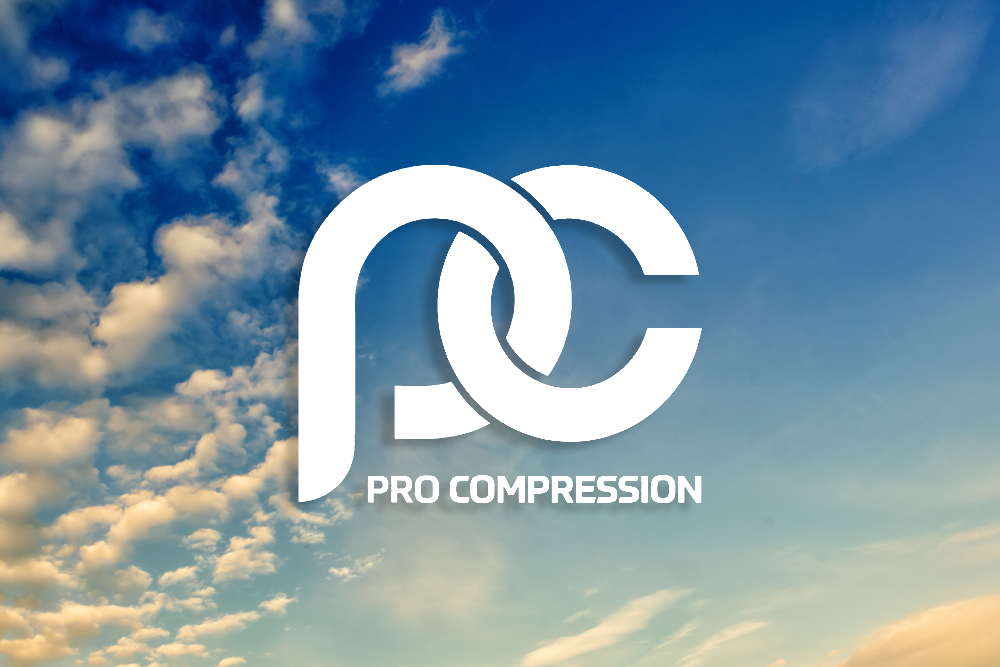Study shows that email remains popular and effective with consumers of all ages.
In many ways, email is one of the first internet marketing tools. Before everyone could own their own website and before there was social media to help marketers reach a target audience, there was email. Though the usefulness of a particular piece of technology often fades with time, this hasn’t been the case with email marketing. A recent study found that email remains an important force for marketing, even when reaching younger demographics.
To show the modern value of email marketing , Adestra designed a study to gauge consumer opinions and behavior when it comes to email. The researchers surveyed more than 1,200 respondents from teenagers to Baby Boomers and asked how they interacted with, and think about, the email messages they receive.
One of the most interesting takeaways from Adestra’s 2016 Consumer Adoption & Usage Study is that even in a world filled with mobile and social media marketing avenues, Millennials still use emails. In fact, many young adults prefer email to other marketing channels.
According to the study, nearly 68 percent of teens and 73 percent of Millennials said they prefer to receive communication from a business via email. In addition, more than half rely on email to buy things online.
“For the last few years, it’s been widely assumed that email would fade away because Millennials and teens weren’t going to use it,” said Ryan Phelan, Adestra’s VP of marketing insights, in a statement on the release of the study. “It turns out that the opposite is true. Email continues to be part of everyday life across all age groups, with consumers literally hanging out in their inboxes all day long.
”Email has the benefit of being usable on multiple devices and that it can include social media, online video and other marketing elements all within the email marketing message. According to Adestra, 86 percent of all consumers surveyed said they use their smartphones for email communication, with high concentrations among teens and Millennials. And 48 percent of teens and 44 percent of Millennials reach for those smartphones to check messages right after turning off the alarm clock.
The research also has data that can help business owners setup more effective methods for collecting emails for marketing. For example, a growing trend among sites is to require viewers to submit their email before they can view content. According to the study, only 43 percent of consumers give a real email address when they come to a website that asks for an email before continuing.
This means that the majority of the time, when websites ask for email addresses first, they will be getting a fake or an email address the person set up specifically to receive marketing emails. It ‘s more effective to let people see the content first. That way, if they sign up for email updates, it will be with an email address they plan to check. Since they know the content is worth it.Furthermore, getting people to sign up for email newsletters they don’t want is only a temporary victory. According to the Adestra report, four out of five (80 percent) consumers actually unsubscribe from emails they no longer wish to receive. So getting the email address is only half the battle. Keeping email subscribers requires marketers to continually work to create engaging email marketing campaigns.
Another takeaway from the report is that even people who are interested in a marketing email they receive may not immediately open and read it. Of those surveyed, 59 percent said they would leave an email unread if they plan to read it later, and 33 percent say they use flags in their email client to mark emails they want to read later.
It seems that email will remain useful for consumers and marketers for the foreseeable future. This means it’s a good idea for marketers to keep up to date on the latest data about best practices and consumer behavior. Check out the Adestra study in its entirety for more data that can be used to craft better email marketing campaigns.
Credit: Peter Roesler for inc.




